What are Guilds?
The CBS Guilds support undergraduate students in their transition to college, creating a community-within-a-community by connecting them to people and resources that contribute to their success. At NOL @ Itasca, students discover their Guild affiliation and meet some of their ~70 fellow Guild members who they’ll get to know and work with over the coming year.
NOL–Year One, first-year students spend time in their Guild where they build relationships with their fellow Guild members and their Guild’s leadership team, which consists of a faculty member, CBS student services staff member, and peer mentors called Sophomore Guild Leaders. By facilitating these networks, the Guilds serve as a home base and source of connection from students’ earliest moments on campus, continuing throughout their career in CBS.
As NOL–Year Two unfolds, the Guilds continue to serve as a community within the larger CBS and U of M communities. Students are invited to participate in Guild events like study breaks, Sophomore Coffee and Conversations with Guild faculty, and the Sophomore Science Seminar series.
What happens during Guild meetings?
During NOL - Year One, Guild meetings function as the in-person meetings of the BIOL 1805/1806 classes. Led by the Guild leadership team, Guild meetings provide time and space for first-year students to connect with one another and work together on the Biology Saves the World project challenge, a component of BIOL 1805/1806. At the beginning and end of each semester, an All-Guild meeting is held during which the entire class gathers together to celebrate accomplishments and hear from faculty speakers.
Who are the Guild inspirations?
Each Guild is named in honor of a CBS luminary, a faculty member who has impacted the field of biology and shaped the college through her or his work.

Bergad Guild
Named for Pearl Bergad, who has been recognized with major awards for her distinguished careers in both the sciences and arts. more>>
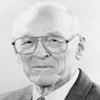

Boyer Guild
Named for Paul Boyer, Nobel Prize winner for discovering how ATP synthase produces ATP, which provides energy to cells of all living organisms. more>>
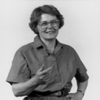

Davis Guild
Named for Margaret Davis, first woman at the University of Minnesota elected to the National Academy of Sciences. more>>
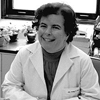

Dempsey Guild
Named for Mary Dempsey who studied lipid production and maintenance in the department of Biochemistry, Molecular Biology, and Biophysics. more>>


Gorham Guild
Named for Eville Gorham whose acid rain and nuclear fallout research led to the Nuclear Test Ban Treaty. more>>
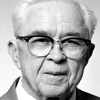
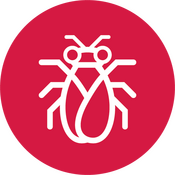
Lewis Guild
Named for Edward Lewis whose research in congenital defects in humans won him the 1995 Nobel Prize for Medicine. more>>
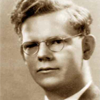

Lindeman Guild
Named for Raymond Lindeman who discovered how energy moves through an ecosystem, which launched the field of ecosystem science. more>>
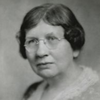
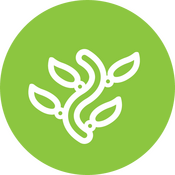
Tilden Guild
Named for Josephine Tilden, the first woman scientist at the University of Minnesota, world-renowned for her studies of Pacific algae. Learn more about Josephine Tilden